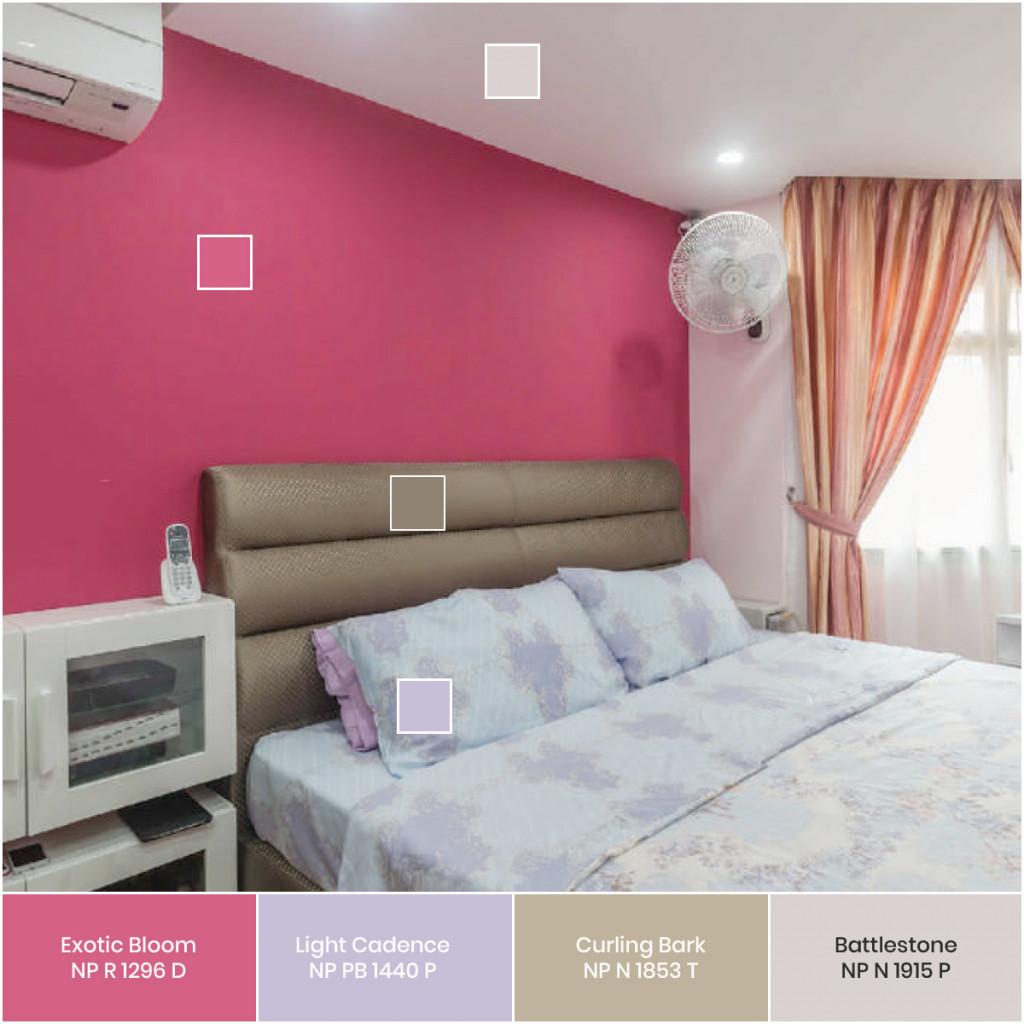
Image Source – Google
Interior home painting is a great way to refresh the look of your living space and give it a new lease of life. Whether you are looking to update the style of a room or simply freshen up the existing paint, a fresh coat of paint can make a big difference. If you want to achieve professional results with your interior home painting project, it's important to follow a step-by-step guide to ensure a smooth and successful process.
The first step in achieving a professional result with your interior home painting project is preparation. This includes clearing the room of furniture and other items, laying down protective sheets to cover floors and any remaining furniture, and removing any hardware such as light switch covers and door handles. It's also important to clean the walls thoroughly to remove any dirt, dust, and grease that may affect the paint's adhesion. Once the walls are clean and dry, fill in any cracks or holes with spackling compound and sand them smooth before priming the walls.
After the walls have been properly prepared, it's time to choose the right paint for the job. When selecting paint for interior home painting, consider the finish, color, and quality of the paint. For walls, a flat or eggshell finish is typically used, while semi-gloss or satin finishes are popular for trim and doors. It's also important to invest in high-quality paint to ensure a professional-looking finish that will last for years to come.
Once you have chosen the right paint, it's time to start painting. Begin by cutting in the edges of the walls and around trim and corners using a brush. This will create clean, crisp lines and make it easier to paint the rest of the walls with a roller. When using a roller, work in small sections and paint in a "W" or "M" shape to ensure even coverage. Be sure to overlap each section slightly to avoid streaks and roller marks. It's also important to work quickly and avoid letting the paint dry between sections to prevent lap marks.
As you continue painting the walls, be sure to maintain a wet edge to blend each section seamlessly into the next. Once the walls are painted, allow the paint to dry completely before applying a second coat if necessary. It's important to follow the manufacturer's instructions for drying times between coats to ensure the best results.
After the walls are painted to your satisfaction, it's time to focus on the finishing touches. This may include painting trim, baseboards, and doors in a contrasting color or the same color as the walls for a cohesive look. When painting trim, use painter's tape to create clean lines and protect walls from unwanted paint drips. Be sure to use a small brush for detailed work and take your time to ensure a professional finish.
Once all painting is complete, allow the paint to dry completely before reattaching hardware, moving furniture back into the room, and removing protective sheets. Take the time to inspect the walls for any touch-ups that may be needed and address them promptly to achieve a polished look. By following these steps and taking your time, you can achieve professional results with your interior home painting project and enjoy a fresh, new look for your living space.
In conclusion, interior home painting can be a rewarding project that can transform the look and feel of your living space. By following a step-by-step guide and taking the time to properly prepare, choose the right paint, and paint with care, you can achieve professional results that will enhance the beauty of your home. With the right tools, techniques, and attention to detail, you can create a space that you can be proud of and enjoy for years to come.